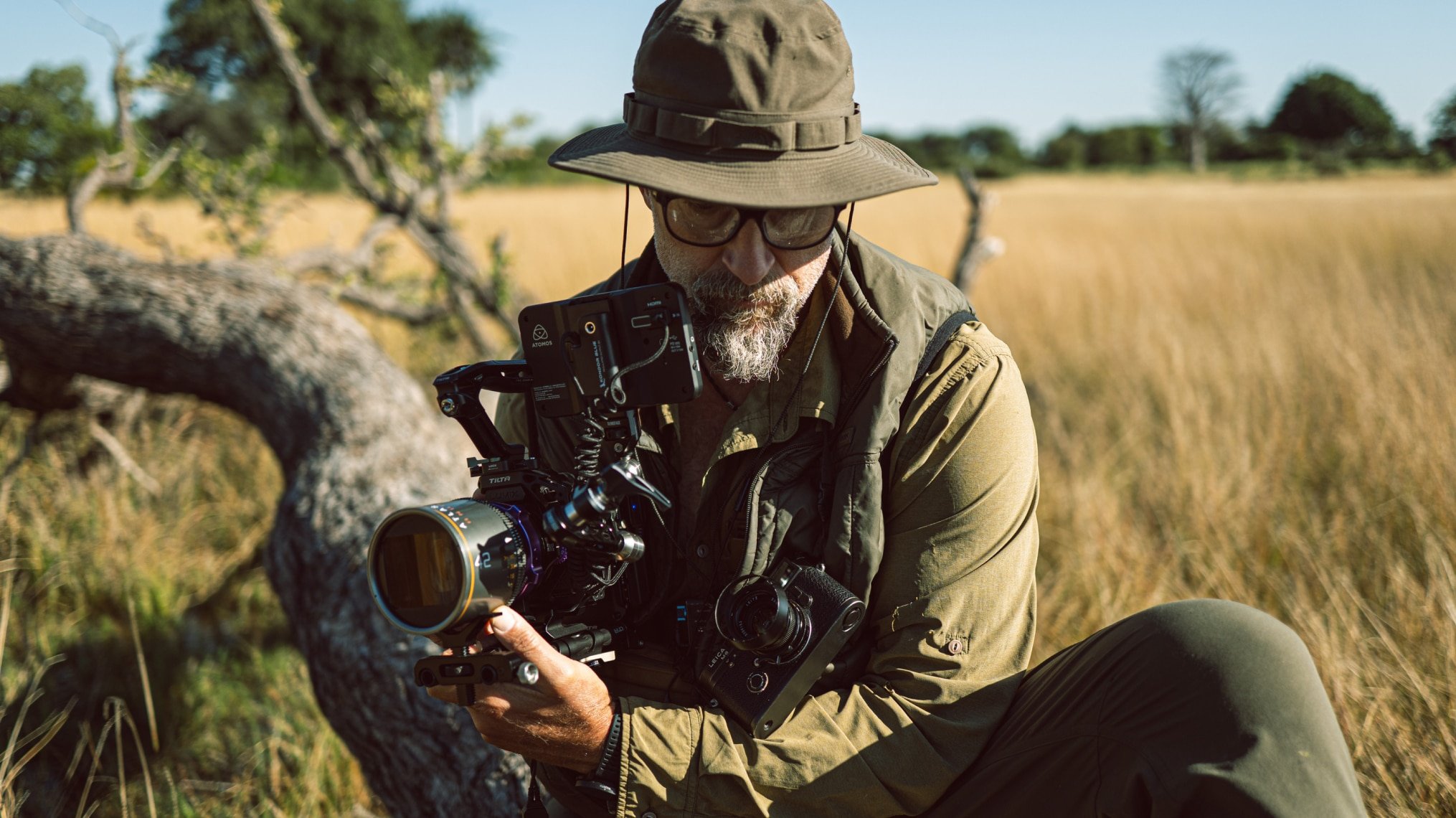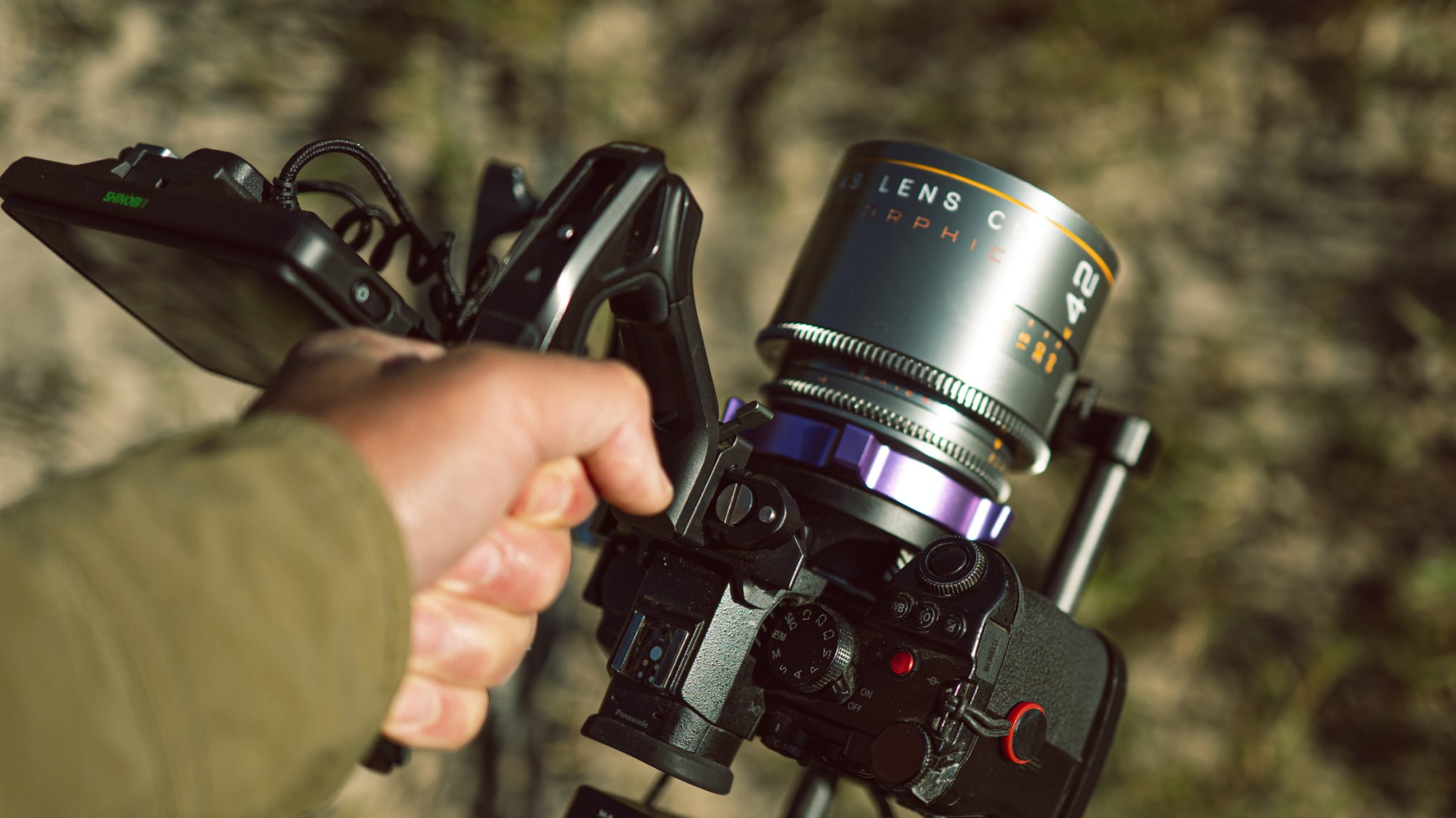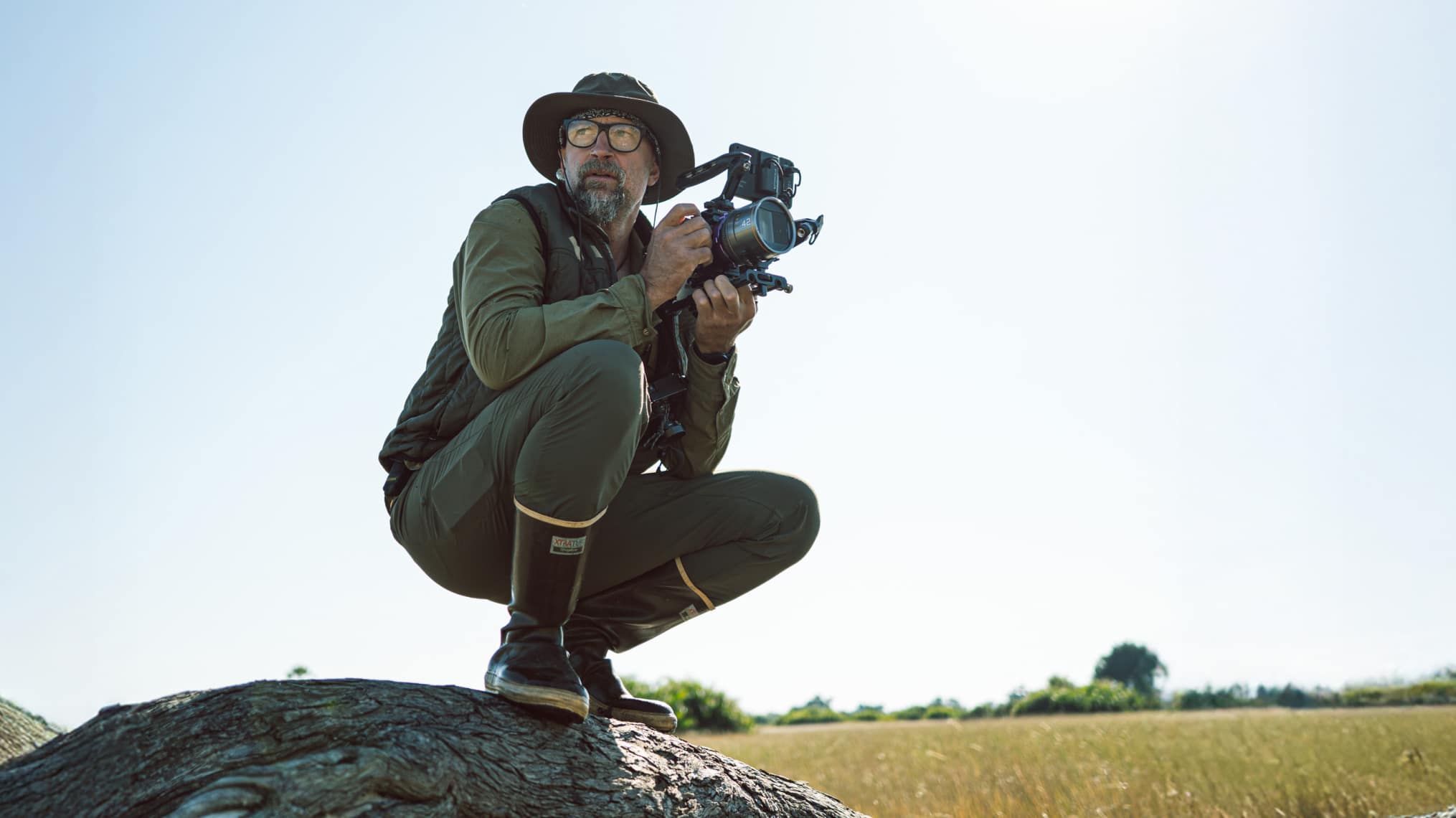What first drew you to filmmaking, and how did it turn into a career that’s taken you across the world?
Growing up in rural Alaska, I had no electricity or even indoor plumbing. Without electricity, there was no television either. Movies became my escape, and I quickly became obsessed with them. In my early 20s I moved to Los Angeles to become a filmmaker, not knowing anything or anyone. I rolled up my sleeves, borrowed cameras, and started learning how to tell stories.
Two decades later and I’ve made TV or films across six continents – and even won a couple of Emmys. Mostly, I work as a director or cinematographer and often as both at the same time. Given my upbringing, I have specialized in working in remote and challenging environments. I’ve ventured deep into remote Siberia, the Amazon jungle, lived in tents and traveled on horseback, all while telling stories with a camera. My next big goals are to direct a feature film I have written, or make a documentary with an A-list musical artist.


